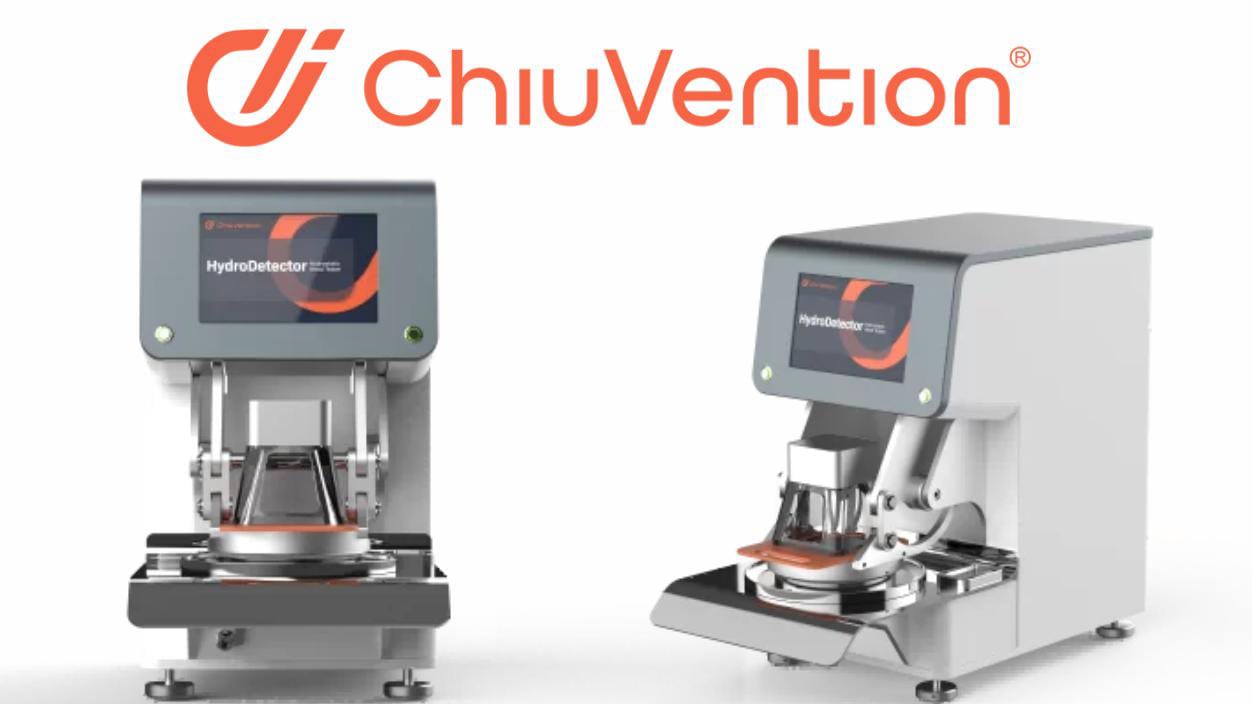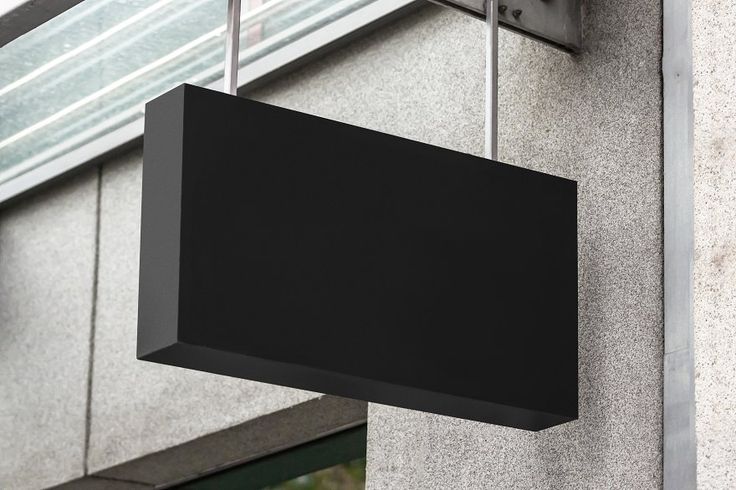The Importance of Hydrostatic Head Testing in Fabric Waterproofing
Waterproof fabrics are essential in various industries, from outdoor gear and tents to medical textiles and sportswear. Ensuring that these materials meet specific waterproofing standards is critical for their performance and durability. This is where the Hydrostatic Head Tester comes into play. This advanced equipment helps manufacturers and quality control teams assess a fabric’s resistance to water penetration, ensuring that it meets industry requirements.
What Is Hydrostatic Head Testing?
Hydrostatic head testing is a widely used method to measure a fabric’s ability to resist water under pressure. It involves applying water pressure to a sample until it starts to seep through. The measurement, typically recorded in millimeters (mmH2O), indicates the fabric’s waterproof rating. For instance, a material with a hydrostatic head of 10,000 mmH2O can withstand a 10-meter column of water before leaking.
Why Is Hydrostatic Head Testing Important?
Hydrostatic head testing is essential for manufacturers to produce reliable waterproof fabrics. It ensures that the material performs effectively in real-world conditions, whether for rain jackets, outdoor shelters, or protective covers. A good waterproof rating depends on the fabric’s intended use. For example, everyday rainwear might require a rating of 5,000–10,000 mmH2O, while heavy-duty tents or industrial fabrics may need ratings exceeding 15,000 mmH2O.
Fabric Waterproof Testing: Ensuring Durability and Quality
Waterproof testing, including hydrostatic head testing, not only evaluates the fabric’s resistance to water but also assesses its durability. Factors like fabric type, weave structure, and any waterproof coatings or laminates significantly impact test results. Regular testing helps manufacturers identify weak points in the fabric and improve its quality before it reaches consumers.
How Does a Hydrostatic Head Tester Work?
A Hydrostatic Head Tester is designed to provide accurate and consistent results. It works by subjecting the fabric sample to increasing water pressure under controlled conditions. Modern testers are equipped with features like automated pressure adjustment and digital readouts for precise measurements. These devices are critical for industries requiring standardized testing, such as outdoor gear production or military-grade waterproof fabrics.
What Is a Good Waterproof Rating?
The term “good waterproof rating” varies based on the intended use of the fabric. While 5,000 mmH2O might suffice for light rain exposure, fabrics for harsher environments should have ratings upwards of 10,000–20,000 mmH2O. The Hydrostatic Head Tester ensures that these ratings are accurately determined, making it an invaluable tool for manufacturers.
Advantages of Using Hydrostatic Head Testers
- Reliability: Consistent and repeatable test results.
- Efficiency: Quick and accurate measurements for mass production.
- Cost-Effectiveness: Reduces the risk of product recalls by ensuring quality upfront.
Conclusion
For industries focused on producing waterproof materials, fabric waterproof testing is non-negotiable. The Hydrostatic Head Tester is an essential device that ensures fabrics meet required standards. By understanding hydrostatic head testing, manufacturers can deliver durable, high-performance products to the market. Investing in advanced testing technology not only enhances product quality but also builds consumer trust in the long run.
Keep an eye for more news & updates Glamouruer!






